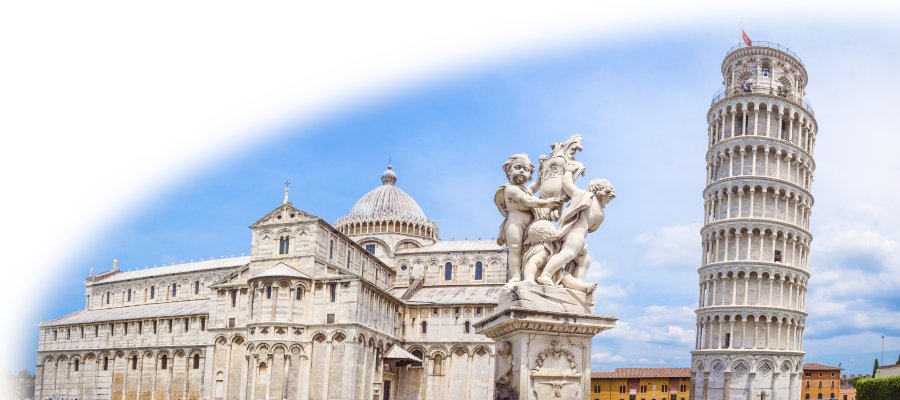-
 See all ...View our full range of attractions, activities and destinations ...
See all ...View our full range of attractions, activities and destinations ...-
- Michelangelo's David
- Michelangelo's Secret Room
- Uffizi Gallery
- Florence Cathedral
- Palazzo Vecchio
- Pitti Palace
- Boboli Gardens
- Vasari Corridor
- Bargello
- Santa Croce
- Brancacci Chapel
- Medici Chapels
- Florence tours
- Walking tours
- Art tours
- Segway tours
- Bicycle tours
- Bus tours
- Cooking course
- Wine tasting
- Florence excursions
- Airport shuffle
- Train tickets
- Colosseum tickets
- Colosseum tours
- Colosseum dungeons
- Colosseum by night
- Vatican tickets
- Vatican tours
- Private Vatican tours
- St Peter's Basilica
- Borghese Gallery
- Domus Aurea
- Caracalla baths
- Castel sant'Angelo
- Palazzo Valentini
- Roman catacombs
- Rome tours
- Rome private tours
- Rome Segway
- Rome by bike
- Rome bus tours
- Train tickets
-
-
 FlorenceNew OffersFlorence, 'Cradle of the Renaissance', home to Michelangelo's David, the Uffizi Gallery ...
FlorenceNew OffersFlorence, 'Cradle of the Renaissance', home to Michelangelo's David, the Uffizi Gallery ...-
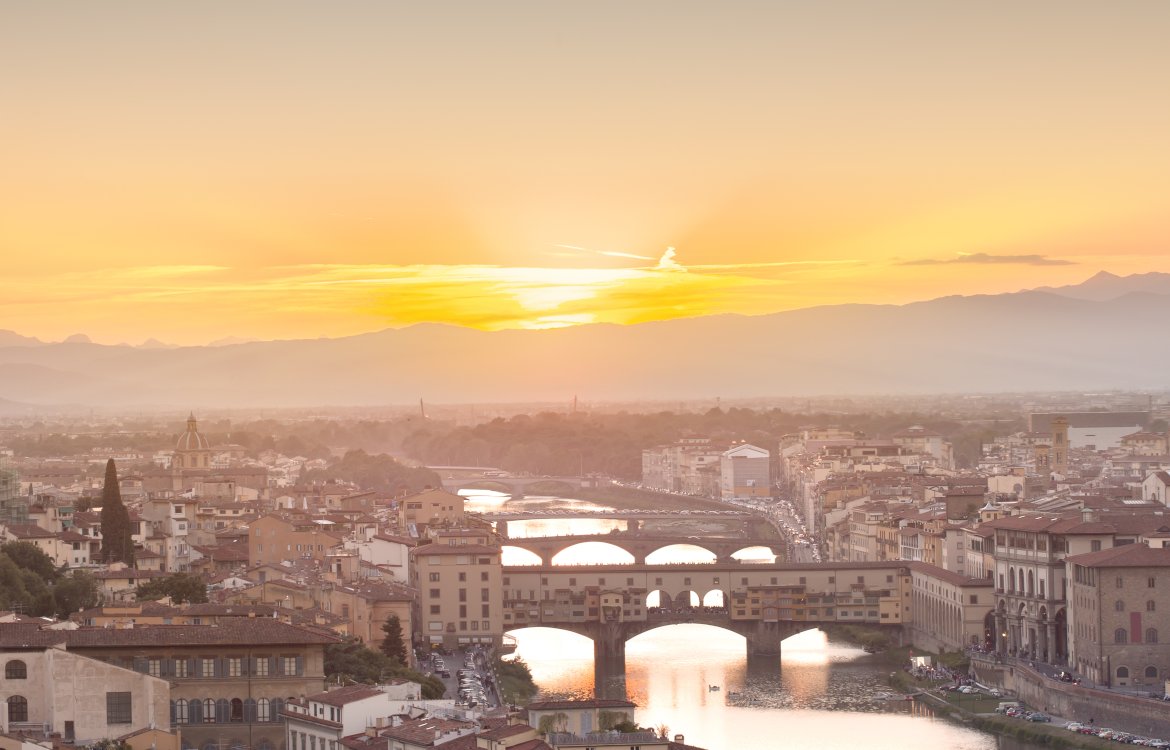 Discover Florence
Discover Florence
Florence - Firenze - is many things; the heart of Tuscany, a Renaissance jewel, a true city of art. It's home to the Uffizi, one of the oldest museums in the world, and the Accademia, home to one of the most famous statues in the world - David. The incredible Cathedral - Duomo dominates the skyline, with Brunelleschi's fabulous dome - cupola, and Giotto's mighty clock-tower - campanile.
Background, must-sees and map of Florence, "Cradle of the Renaissance":
Explore Florence
-
-
 RomeLate dealsRome, the 'Eternal City', explore the Colosseum, The Roman Forum, the jewels of Ancient Rome ...
RomeLate dealsRome, the 'Eternal City', explore the Colosseum, The Roman Forum, the jewels of Ancient Rome ...-
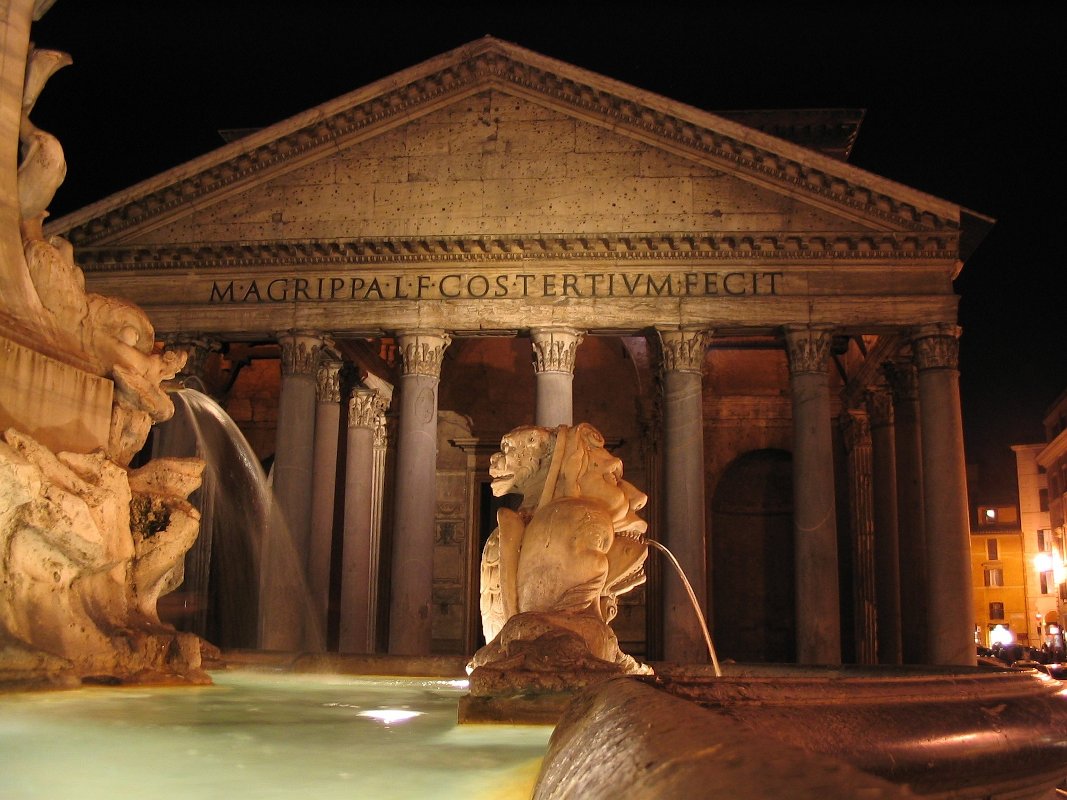 Discover Rome
Discover Rome
Rome - Roma - is the Classical city of the Forum, the Pantheon and the Colosseum. It is pagan temples, early Christian Churches, Renaissance Basilicas, the Vatican of course. Rome is an architectural masterclass in the Classical, the Romanesque and all flavours of Gothic architecture, of the Baroque. And it is the romantic city of the Trevi Fountain and the Spanish Steps.
Background, must-sees and map of Rome, "The Eternal City":
Explore Rome
-
-
 The VaticanSkip the linesThe Vatican and St Peter's, home of the Catholic Church and the treasures of the Vatican Museums ...
The VaticanSkip the linesThe Vatican and St Peter's, home of the Catholic Church and the treasures of the Vatican Museums ... -
 VeniceVenice, the floating city. Wonder at the Doge's Palace, St Mark's Square, and explore the canals by gondola ...
VeniceVenice, the floating city. Wonder at the Doge's Palace, St Mark's Square, and explore the canals by gondola ... -
 MilanLast Supper ExclusivesMilan, home of fashion, the fabulous Gothic Duomo, and, of course, Leonardo da Vinci's Last Supper ...
MilanLast Supper ExclusivesMilan, home of fashion, the fabulous Gothic Duomo, and, of course, Leonardo da Vinci's Last Supper ...-
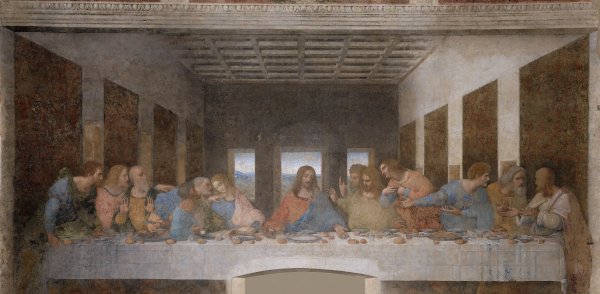 Da Vinci's Last SupperWe have specialised in Last Supper
Da Vinci's Last SupperWe have specialised in Last Supper
tickets and tours for over 15 years.
Availability is always limited and
advanced booking is essential.
Check availability
-
-
 PisaSkip the linesPisa, home to the must-see Leaning Tower of Pisa and the nearby annual Andrea Bocelli concert.
PisaSkip the linesPisa, home to the must-see Leaning Tower of Pisa and the nearby annual Andrea Bocelli concert.  Tailor-made Private ToursCustom private tours and excursions on request
Tailor-made Private ToursCustom private tours and excursions on request
- Best sellers:
- Tailor-made tours
- David, Florence
- Uffizi Gallery
- Vatican
- Last Supper
- Pisa Tower
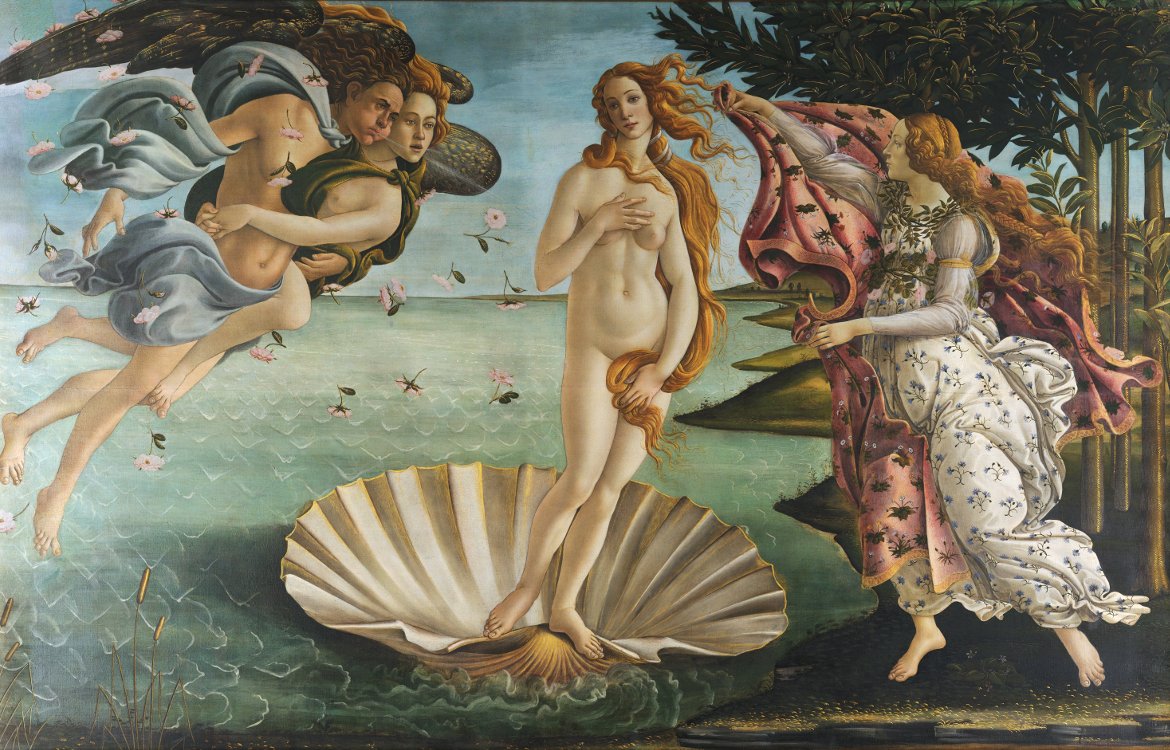
Pompeii pass - the remains and ruins at Stabiae - information
Opening hours:
The excavations and remains at Stabiae are open seven days a week from 08.30 in the morning. During Summer (April to October) the site will close at 19.30, during Winter closing time is 17.00.
Your Pompeii pass allows full entrance to the excavations at Stabiae and counts as a single entrance, just one of the 12 places covered by your pass.
Some history:
Stabiae is the ancient name for Castellammare di Stabia. An important settlement as far back as the 8th century BC, Stabiae's high point in terms of population came in the 150 years before the eruption of Vesuvius in 79 AD. It was during this period that many impressive villas were built on the headland overlooking the Bay of Naples, and according to Pliny the Elder the area became a popular resort for wealthy Romans. This was in fact where Pliny died when he crossed the Bay of Naples to observe the effects of the eruption and to rescue people stranded on the coast.
The archaeological remains of Stabiae were discovered and first excavated in the second half of the 18th century by Spanish engineer Cavaliere Rocco de Alcubierre and the Swiss Karl Weber, but they were subsequently reburied and their location forgotten until 1950. Within 12 years a large proportion of the remains had again been brought to the light, and they now provide some of the finest examples of Roman architecture and art.
The most famous are the villas that were built in the century before Vesuvius' eruption, some of them the luxurious and sumptuously decorated holiday homes of wealthy Romans, while smaller villas inland appear to have been occupied as working farms. Many artefacts from here can now be found in the National Archaeological Museum in Naples. Also on the site was discovered a necropolis with 300 tombs dating back to the 7th - 3rd centuries BC when there would appear to have been first an Oscan and then a Samnite settlement nearby.
The most famous of the many residential villas that were built in this wonderful panoramic position are Villa San Marco, Villa Arianna and Villa del Pastore.
Villa San Marco is one of the largest villas to have been excavated in this region and covers over 11,000 square metres. With its courtyards with views over the bay and countryside, the atrium, internal gardens and bathing complex and numerous rooms it offers a splendid insight into Roman life - and the surviving examples of architecture, mosaics, sculpture and frescoes are superb and of major interest.
Villa Arianna is notable for its stunning frescoes and its enormous courtyard, and there is a private tunnel system leading to the seashore.
The enormous (over 19,000 square metres) Villa del Pastore has not yet been fully excavated but its form suggests that it was not a private residence but perhaps a health spa where people would come to enjoy the famous Stabiae waters. It consists of many large rooms and baths but does not seem to have rooms of a residential nature.
Why Tickitaly?
| Based in Italy for 15+ years. Local knowledge, local contacts. We're here to help. | |
| Transparency. All tickets are full-entrance with no extras to pay! | |
| Availability - we'll often get you in when availability elsewhere is exhausted. | |
| Trust - we've been working with suppliers and guides for ever! Over 10,000 reviews with an average of almost 5 out of 5! |
Payments
We use industry standard Stripe for all-secure payments.
You'll be charged nothing until we have confirmed your tickets and tours.
All prices are displayed in full - there are no additional charges 'on-site' and you will be arriving with the confidence of carrying fully-paid tickets.
Tickitaly is a Licensed Italian Travel Agency
Registered at the Florence Chamber of Commerce
P.IVA 05144650487
We use industry standard Stripe for all-secure payments.
You'll be charged nothing until we have confirmed your tickets and tours.
All prices are displayed in full - there are no additional charges 'on-site' and you will be arriving with the confidence of carrying fully-paid tickets.


